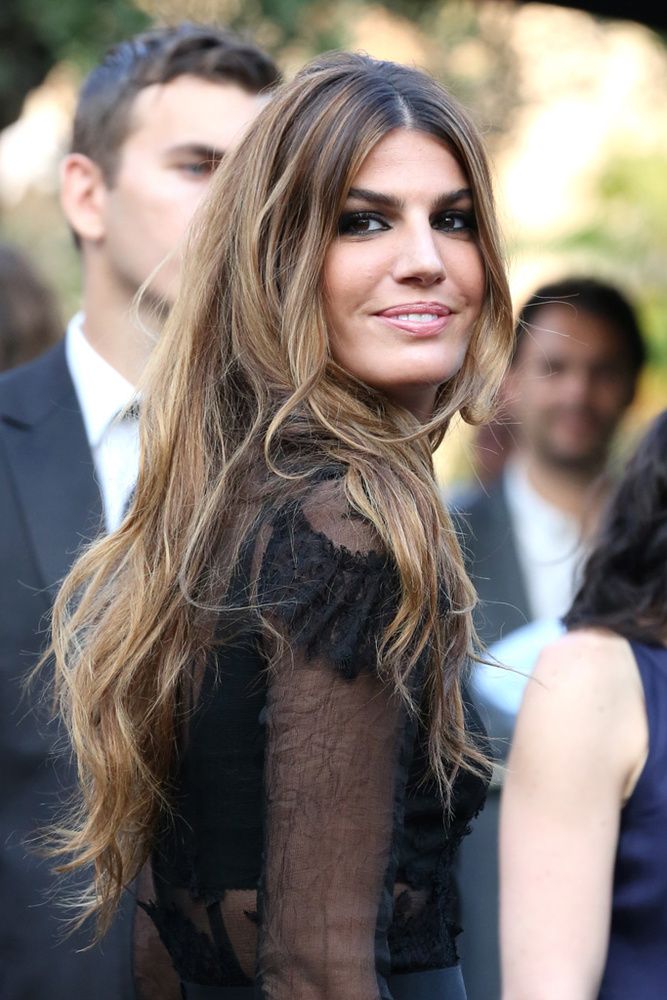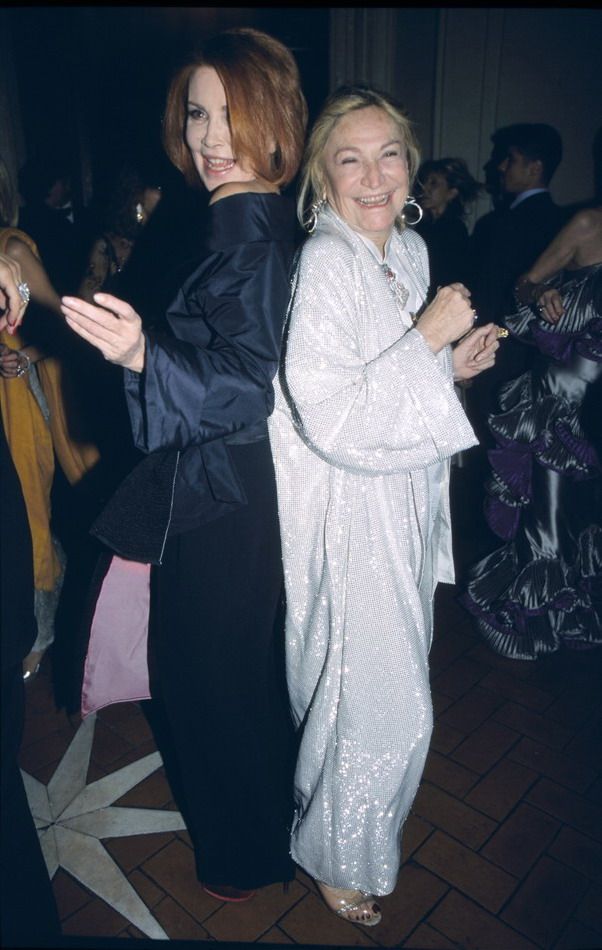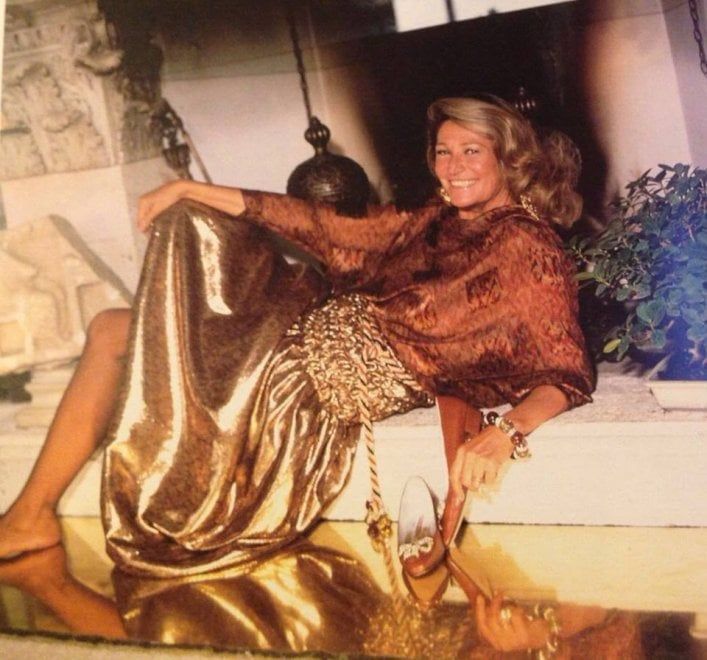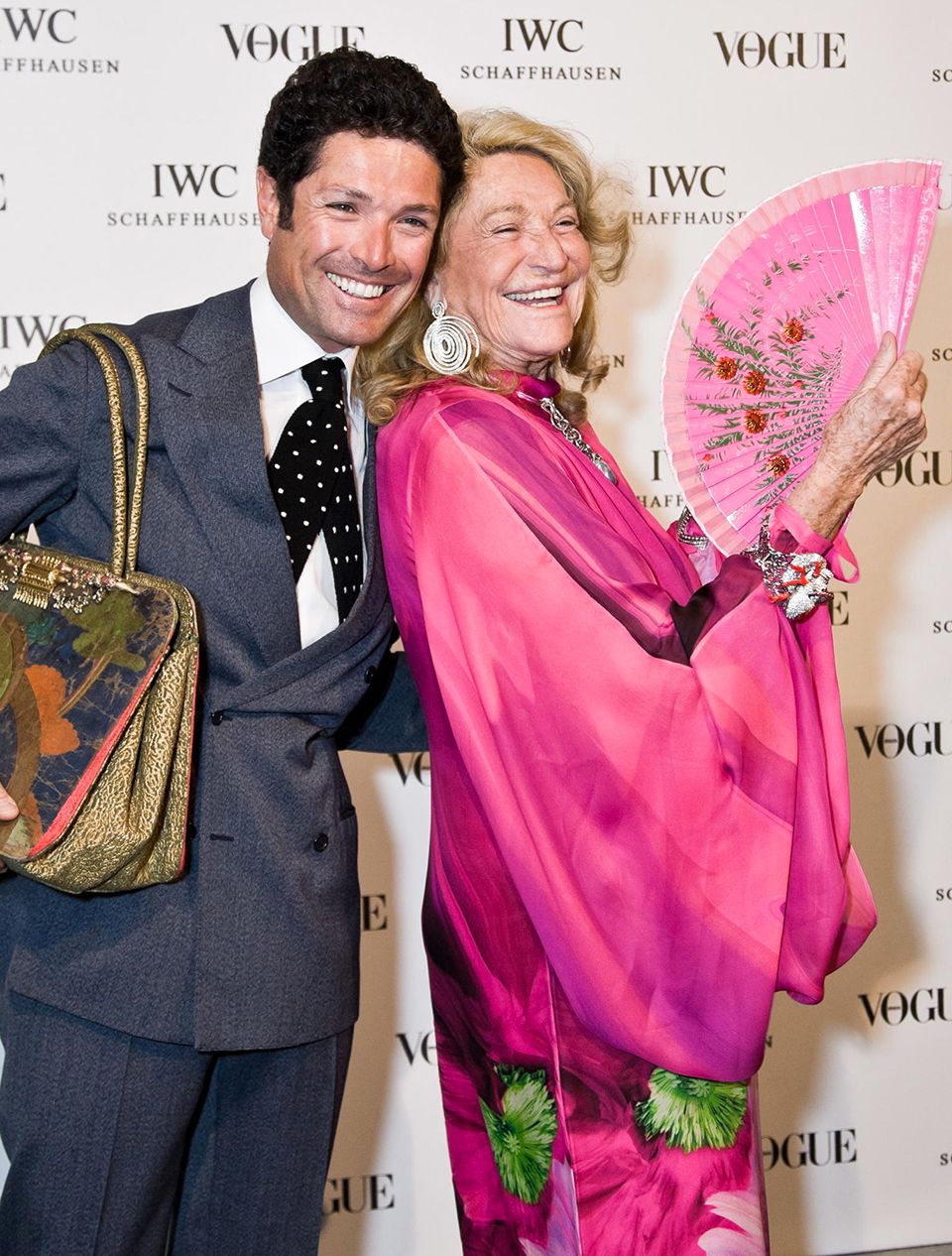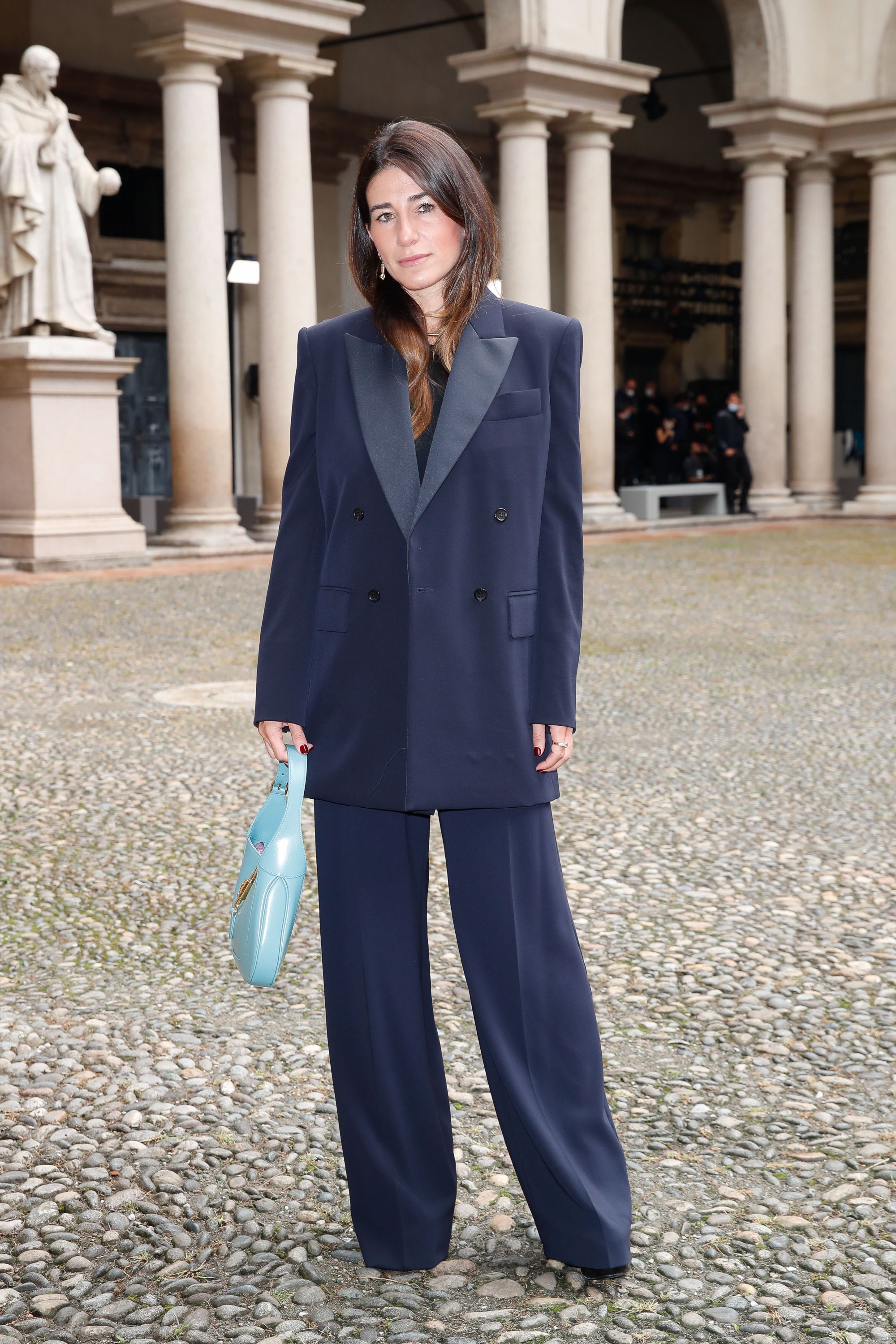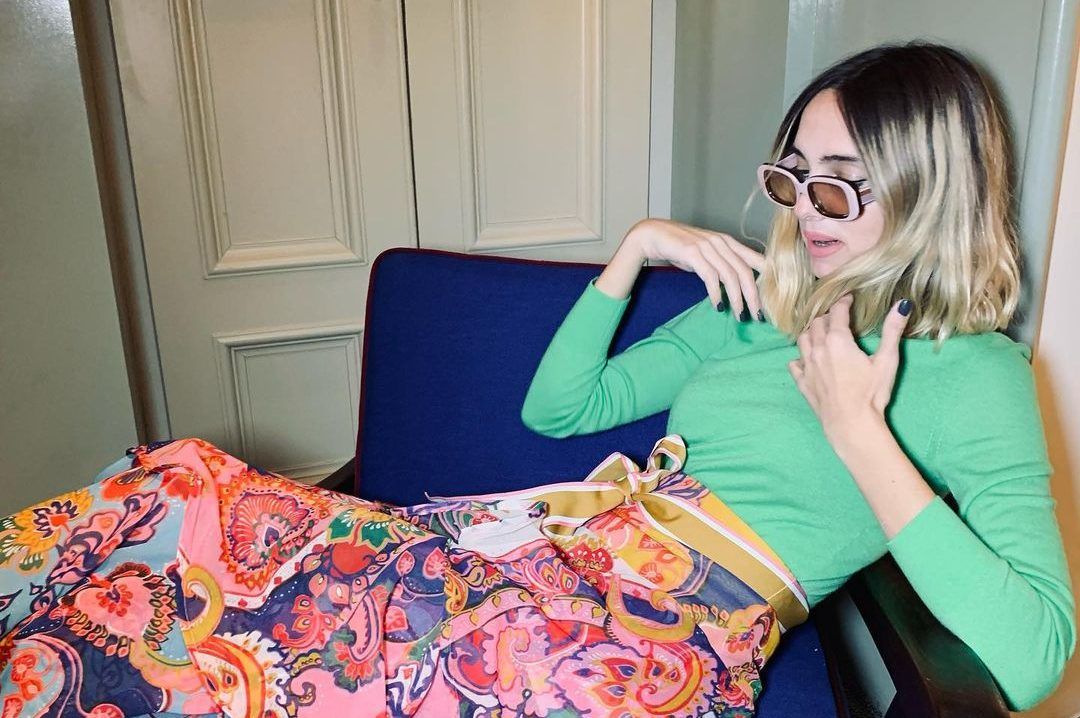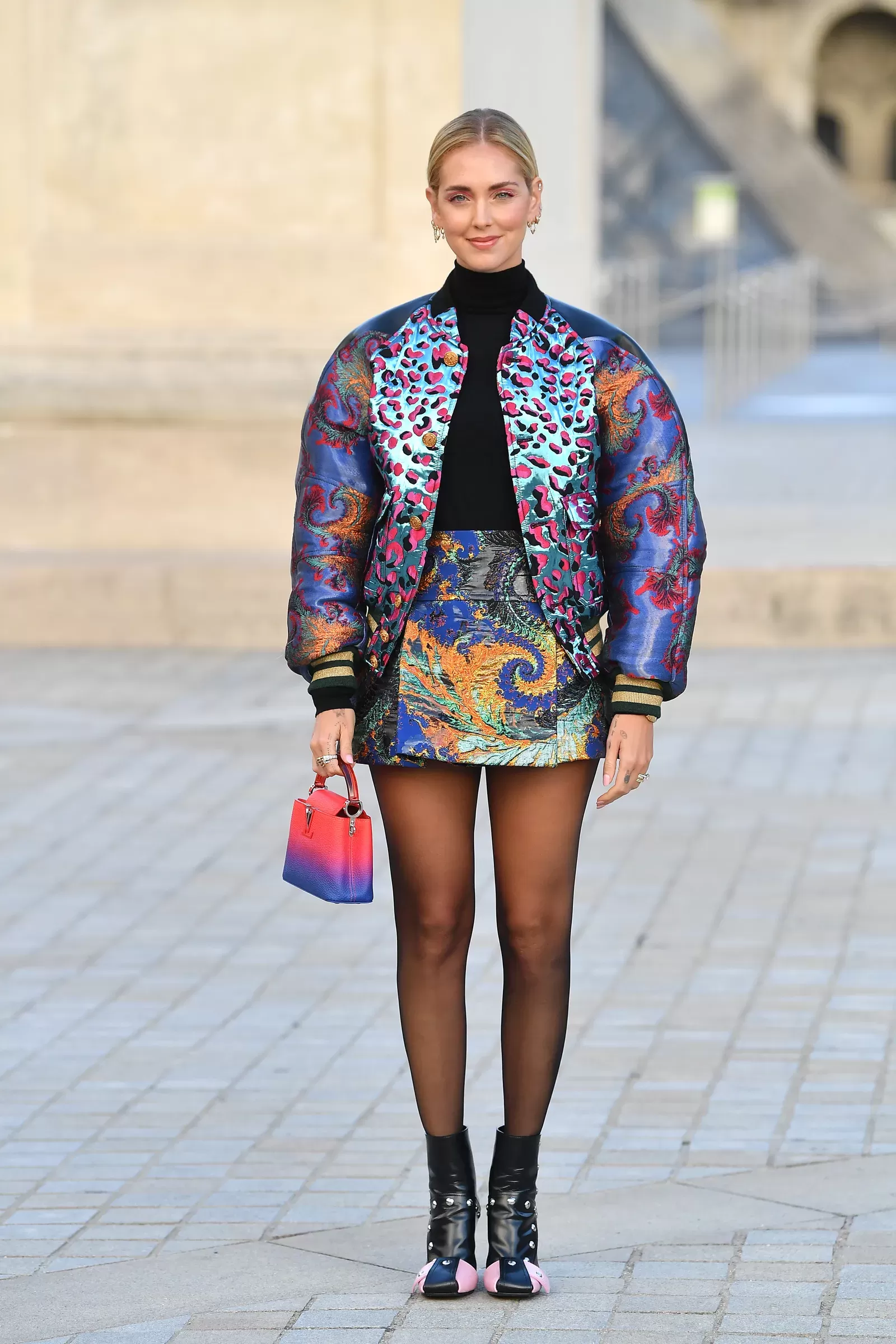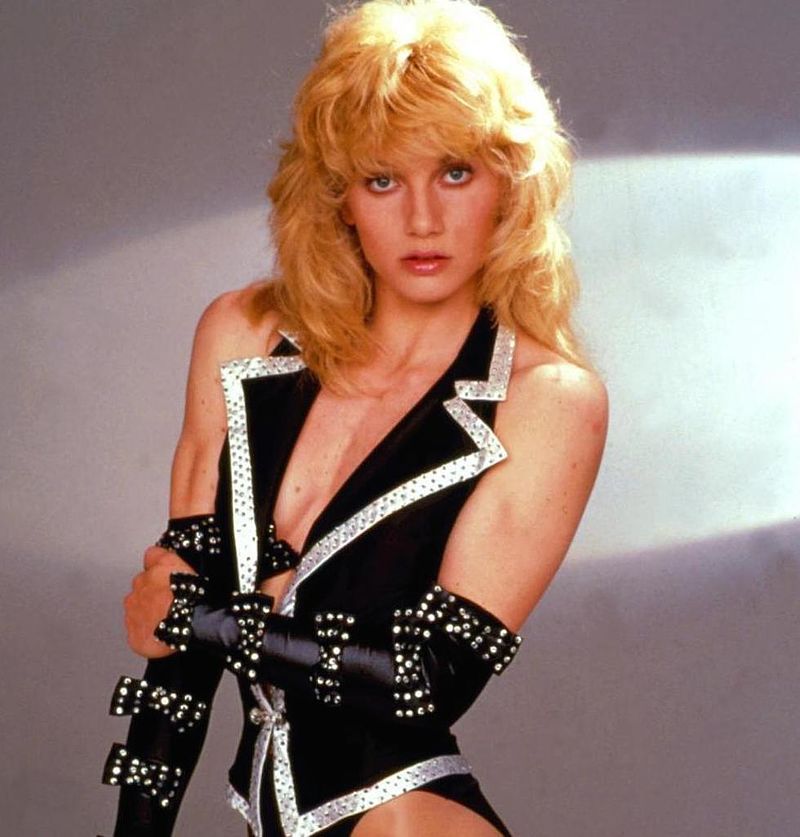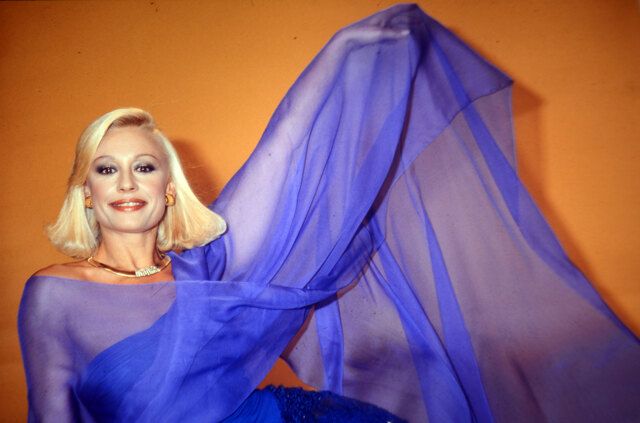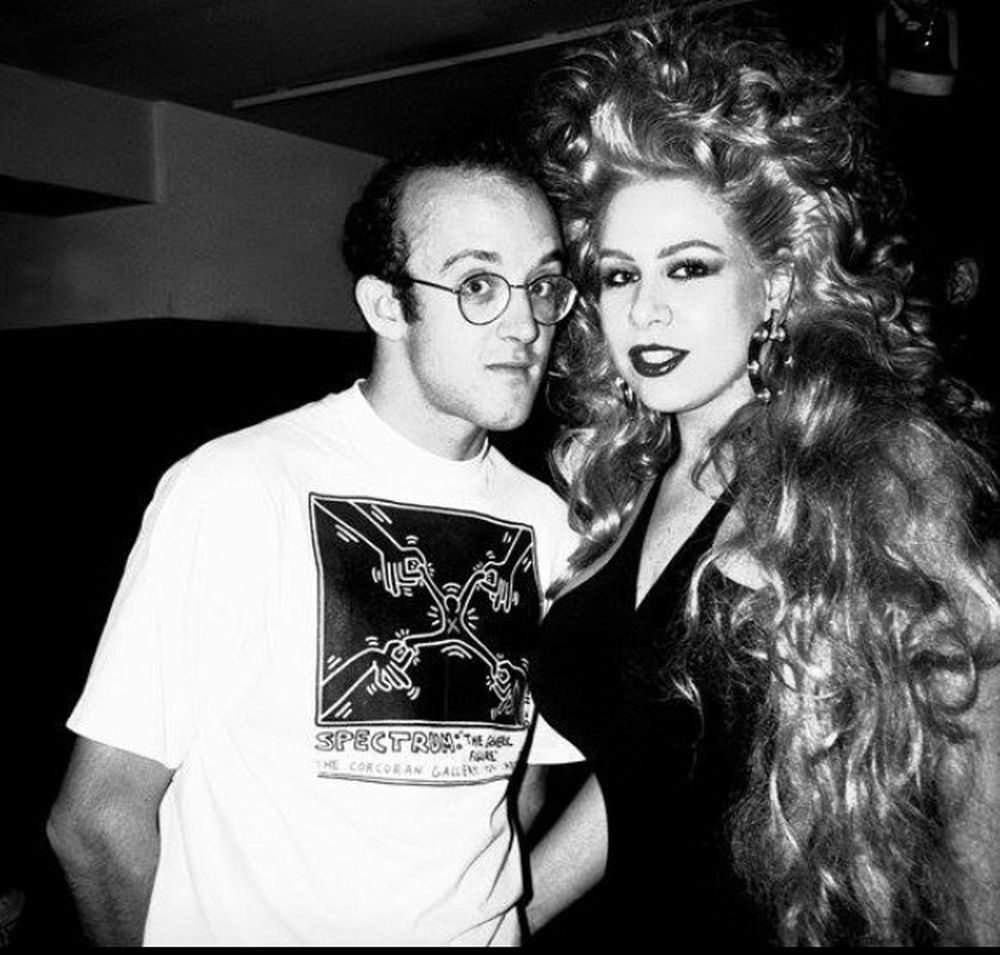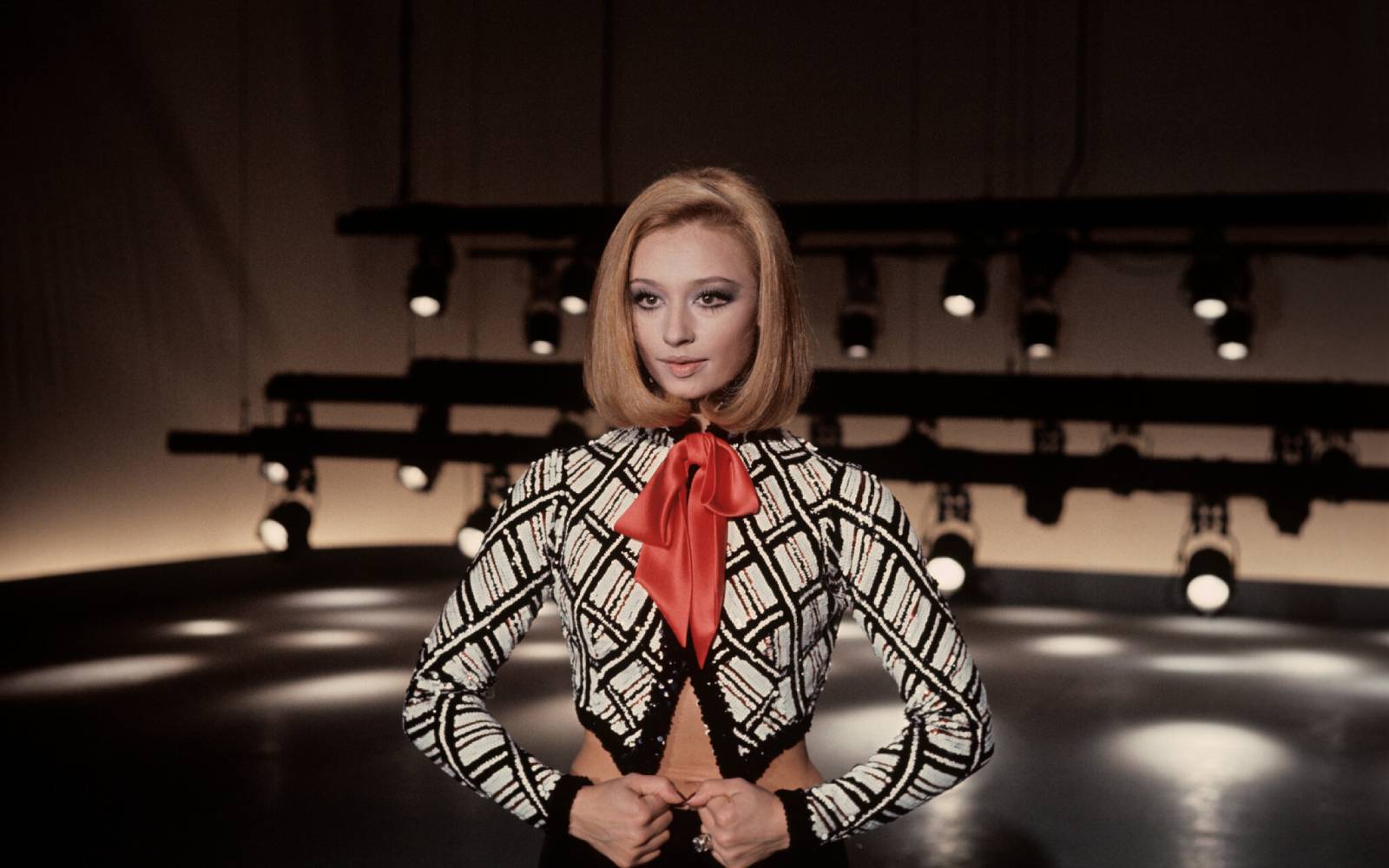
The It-Girl Phenomenon in Italy from the 1960s to Today Intriguing and charismatic: from Raffaella Carrà to Chiara Ferragni, here is a review, of our It girls
After brilliant cover stories on Hollywood's nepobabies and the Ozempic, the New York devoted the front page of its 24 April 2023 issue to the It Girl phenomenon, which exploded in the Big Apple in the 1960s (although the term originated in the British upper middle class in the early 20th century and gained further attention with the 1927 film It) and then spread worldwide. The long line of It girls who have dominated the New York scene ever since begins with the 22 August 1985 episode of The David Letterman Show, in which Diane Brill, a girl who had shortly before appeared on the cover of Vogue (apparently without any merit) and was generally regarded as the "Queen of the Night"," told Letterman a series of unwritten but indispensable rules for a self-respecting socialite: 1) Go out every night. 2) Show up at a party during the highlight of the evening. 3) Leave the party discreetly, but only after saying goodbye to everyone, which creates doubt in the minds of those present that you were the one who stopped the party, "because once you leave, the party is over," says Brill. A real It-girl thrives on the limelight, but does not chase it. The same goes for photographers, journalists and fans who are fascinated and bemused by the mysterious halo that envelops her glossy life. "An undeniable celebrity is not an 'it' girl," explains Matthew Schneier, the author of this fascinating article. Discussed and loved, envied and imitated, overseas It girls are known to everyone from the iconic Edie Sedgwick and Bianca Jagger to Chloe Sevigny, Alexa Chung and Paris Hilton. But who are the Italians who, thanks to that "certain something"," have made it to the front pages and TV and arouse the interest and admiration of the general public?
In Italy, the concept of the It girl has been closely linked to that of the showgirl or soubrette since the 1960s. The undisputed queen of the Italian TV was Raffaella Carrà, a cultural icon on a European scale, admired for her charisma and empathy, and one of the first real Italian trendsetters thanks to her daring looks (she was the first to show her belly button on TV!) and her distinctive blonde bob. Among her colleagues is another showgirl with eclectic talent: Amanda Lear, whose androgynous beauty won over Salvador Dali and David Bowie, to name a few. Although not a native Italian, she took part in several television productions in the 1970s and released songs in Italian such as Incredibilmente Donna, the theme song of the programme Premiatissima, which she hosted on the newly founded Channel 5. At the beginning of the 1980s, it was again a foreigner, this time an American, who enraptured the hearts and eyes of Italians with her tight jumpsuits, long blonde hair and exuberant choreography. Heather Parisi, the mother of some of the most hummed theme songs of the time, can indeed be called Italy's first true pop icon. Nevertheless, part of her fame is due to her never-resolved rivalry with another great Italian icon ("the most loved by Italians", some say), Lorella Cuccarini.
During the same years, Lory Del Santo also began to make her way in show business. Born in 1958, the Verona-based It-girl has had an eclectic career, to say the least, ranging from film and television, as an actress, director and showgirl, to fashion and photography. But in the collective imagination, her fame remains closely associated with her turbulent private life, scandals and numerous lovers throughout her life. One of them was Eric Clapton, who dedicated the song Lady of Verona to her in 1986. Less irreverent, but no less popular with the glossy magazines, is Afef Jnifen, who is of Tunisian origin but naturalised as Italian and began her career in France as a model. When she arrived in Italy, her poise, exotic beauty and enviable curls immediately got her noticed by numerous fashion designers and definitely introduced by Jean-Paul Goude. She is friends with supermodels (including Naomi Campbell) and a model herself. She has walked the international catwalks and, like many of her colleagues, has made appearances in film productions and has had more or less long experience as a presenter. Last but not least, among the representatives of the binomial soubrette-it-girl, we should mention Ambra Angiolini, who made her debut as a teenager in the programme Bulli e pupe and then finally established herself in the early 1990s with Non è la Rai and the catchy tune T'appartengo, which is still omnipresent in all karaoke bars in Italy.
Leaving the stages and cameras for a moment, however, there are two names that should not be missing from this diverse list of showbiz personalities. They are Marta Marzotto and Marina Ripa di Meana, muses and lovers of two great artists, Renato Guttuso and Franco Angeli. Both came from more or less humble backgrounds, but with their bold and determined characters they scaled the heights of popularity through fruitful friendships and noble marriages that led them to appear regularly on talk shows and salons of "Roma bene", and then dabbled in a variety of creative professions, from writing to fashion. Amid provocations and controversies, they were perhaps the first real it-girls of the Bel Paese, famous for simply being themselves. The blue-blooded It-girls also include the very stylish but never over-the-top Beatrice Borromeo, niece of the aforementioned Marta Marzotto and herself married to another nobleman, Pierre Casiraghi, and her friend Bianca Brandolini D'Adda, who had a stormy relationship with Lapo Elkann, her third cousin, between 2008 and 2010. You know, aristocrats tend to preserve bloodlines! Former models and muses of designers like Maria Grazia Chiuri and Gian Battista Valli, they soon moved from the catwalk to the front rows of the most important fashion shows in Milan, Paris and New York.
While the "certain something" that turns a simple girl into an it-girl is often driven by personal style and the constant pursuit of current trends, it is also true that fashion would lose much of its appeal to the general public without its most loyal followers. Within sixty years, the archetype of the It girl has undergone a significant evolution (from Raffaella Carrà to Chiara Ferragni is certainly no small step). Whereas they used to be talented and eclectic entertainers as well as examples of modernity and emancipation in a still strongly reactionary country, today they appear to most of their fans more as aloof representatives of luxury brands, now displaced by followers who nevertheless follow their every move between a Prada and a Dior fashion show with fatigue. And perhaps that is what is fascinating, the discrepancy between the illusion of knowing her (even if only through the screen of a smartphone) and the knowledge that we will probably never be like her, so glamorous, so revered, so cosmopolitan.





















































